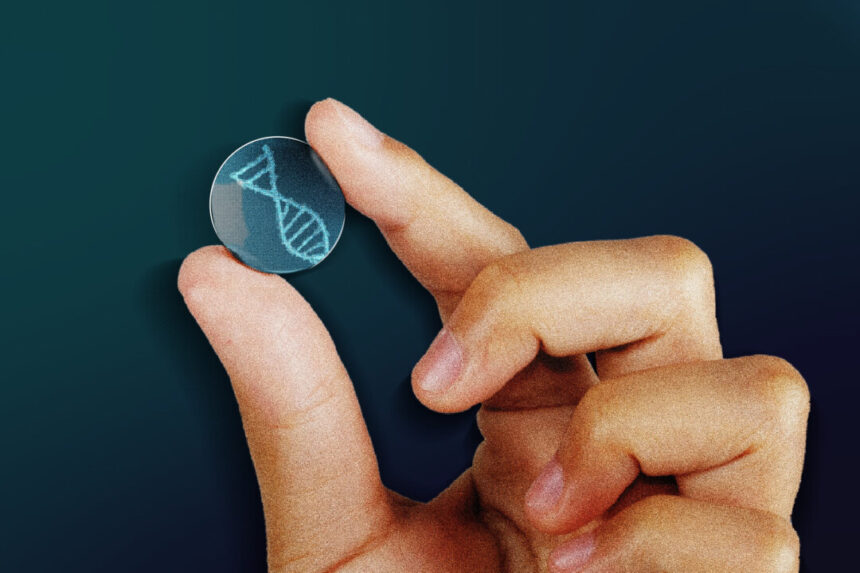
Researches at the University of Southampton in Great Britain have successfully stored the full human genome on a durable crystal that is predicted to last for billions of years. This groundbreaking achievement is aimed at preserving the human genetic blueprint for potential species extinction scenarios.
The crystal, known as a 5D memory crystal, has the capability to withstand extreme temperatures and freezing conditions, making it an ideal storage medium for long-term preservation of genetic information. The stored genome could serve as a blueprint to potentially revive humanity in the distant future, should the need arise.
Lead researcher Peter Kazansky believes that with advancements in technology, what may seem like science fiction today could become reality in the future. The research team’s work also involves archiving the entire contents of Wikipedia and other historical records.
Kazansky and his team are optimistic about the resilience of humanity but acknowledge the importance of preserving our genetic legacy. The Memory of Man Archive is intended to ensure that the human race’s rebirth could begin with the discovery of the crystal, with exact coordinates preserved in multiple locations for future retrieval.
While the possibility of species extinction remains a concern, the research team’s efforts underscore the fragility and preciousness of human life and knowledge. Despite uncertainties about the future, the preservation of the human genome on a durable crystal represents a significant step towards safeguarding our legacy for generations to come.






